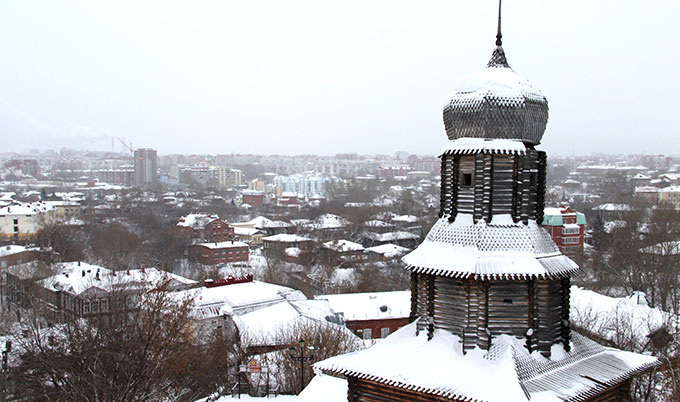Siberia network
UK-Russia collaboration aims to fill a gap in climate science
Published on: 8 November 2018
A collaboration between British and Russian scientists is addressing a gap in climate change research by understanding how the environment covering a tenth of the Earth’s land surface is changing.
Important role in climate regulation
Led by Newcastle University and the University of Southampton, the DIMA (Developing Innovative Multiproxy Analyses) network brings together scientists from three British universities with researchers from sixteen research institutes across Siberia and the Russian Far East.
Siberia covers a vast area that stretches from the Arctic Ocean as far south as Kazakhstan and to the Russia-China border. It has a varied landscape dominated by tundra, grasslands and forests, while northern regions are dominated by permafrost.
The sheer size of the region means it plays an important role in regulating the global climate yet understanding of environmental change there is limited for several reasons. Inaccessibility means it is difficult to carry out field studies, and due to the size of the region few research stations have been established. Additionally, in the past, language barriers have sometimes prevented research findings being shared with scientists from other countries.
Dr Maarten van Hardenbroek, Lecturer in Physical Geography, Newcastle University, said: “The physical size and diverse landscape in Siberia and Russian Far East presents a huge opportunity to gain a much improved understanding of climate change. International cooperation and collaboration between UK and Russian scientists is essential to fill the gaps in our knowledge about how the environment is being affected by a warming climate.”

Improving existing models
With funding from a Natural Environment Research Council (NERC) Global Partnership grant, UK and Russian scientists are now working together to analyse the content of cores of sediment taken from lakes and peat deposits at various locations across Siberia.
The data they collect will be used to produce high-quality climate reconstructions of the last 2,000 years and provide evidence of change during the current industrial, or Anthropocene, era. This information could help improve the way in which existing climate models portray conditions across the region and provide baselines against which recently observed environmental changes can be compared.
In addition to conducting research and sharing data, the DIMA network will also create new opportunities for Early Career Researchers from institutions in Siberia and the Russian Far East to visit British universities to learn some of the latest research techniques and identify further opportunities for collaboration.
Professor Mary Edwards, University of Southampton, said: “The future of global climate science is in the hands of today’s young researchers. They will be the ones to tackle the major changes that are likely to occur in the 21st Century. Early career researchers deserve our support and the best training opportunities available. In this programme, UK and Russian researchers at the start of their careers will be able to work together and develop potential collaborative relationships.”
The project is also supported by the Foreign and Commonwealth Office (FCO) through its UK Science and Innovation Network in Russia. Funding from the FCO made it possible to initiate the DIMA network at an initial workshop in Magadan in March 2018 and developed further at a summer school in Tomsk in September 2018.
Now that the DIMA group has formed and plans for future activities on long-term environmental change are taking shape, the DIMA Network is encouraging UK scientists interested in collaborating with Russian investigators Siberia and the Russian Far East to get in touch. For more information, visit research.ncl.ac.uk/dima



